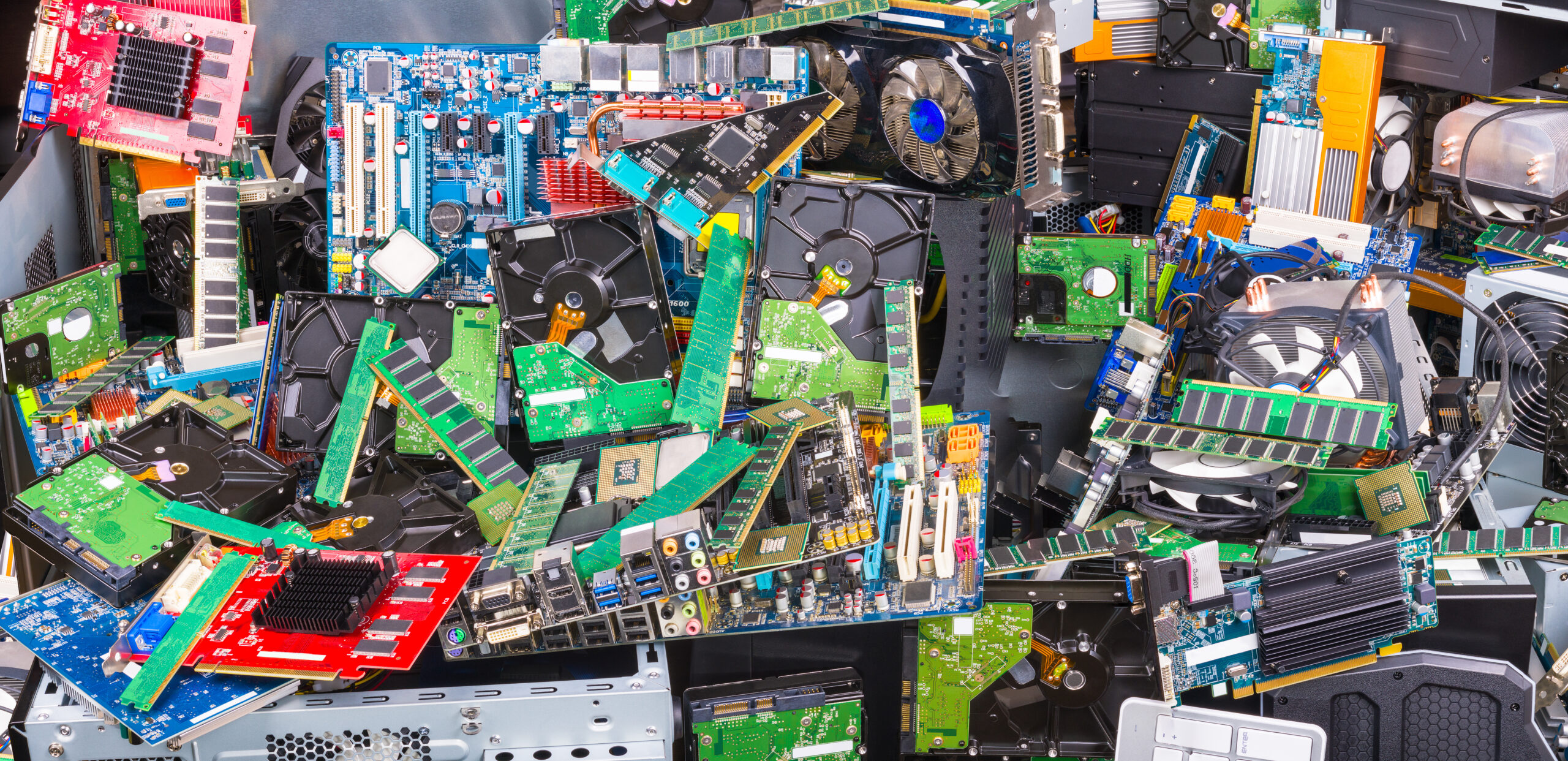As technology continues to advance, organizations must stay ahead of the curve and ensure their IT assets are properly managed. From identifying what assets need to be disposed of, assessing risks associated with the process, developing a strategy for disposing of IT assets in a secure and compliant manner, choosing the right provider, and monitoring the process – there is much to consider when it comes to proper IT asset disposition. In this article, we will discuss each step in detail so that organizations can better understand the importance of proper disposal and implement a secure and compliant process.
Identifying your IT assets
When it comes to proper disposition, the first step is to properly identify and manage your IT assets. Understanding the type of assets you have — hardware and software — is essential for determining what needs to be disposed of and how. Additionally, assessing the age and condition of each asset, maintaining an inventory of all IT assets, and assigning ownership and responsibility for each asset will ensure that a secure and compliant process is established.
What are hardware assets?
Hardware assets are typically physical in nature; they include servers, desktops, laptops, phones, printers, scanners, storage systems, etc. The software includes operating systems (such as Windows or Mac OS), applications (such as Microsoft Office or Adobe Creative Suite), databases (such as Oracle or MySQL), and other specialized programs.
Maintain an up-to-date inventory of your IT assets
It’s important for organizations to assess the age and condition of each asset before disposing of them. This helps determine which assets can still be used or need to be replaced with newer models. Additionally, organizations should maintain an up-to-date inventory of all their IT assets so they know exactly what they have on hand at any given time.
Assign ownership and responsibility for each asset
Finally, assigning ownership and responsibility for each asset ensures accountability within the organization. Each team member should understand their role in managing the organization’s IT assets; which includes knowing which assets are assigned to them and what processes need to be followed when disposing of them. Furthermore, having clear ownership also reduces risks associated with improper disposal by providing a record of who is responsible for each asset throughout its lifecycle.
Ensure your IT disposition process is secure
By understanding the type of hardware/software assets an organization has on hand along with assessing their age/condition; maintaining an up-to-date inventory; and assigning ownership/responsibility for each asset correctly – organizations can ensure that their disposition process is secure and compliant from start to finish.
Assessing disposition risks
To ensure a secure and compliant process for disposing of IT assets, organizations should first identify the potential vulnerabilities of the asset. This includes understanding its age and condition, what data it holds, and whether it contains sensitive information or intellectual property. Companies should also evaluate how much damage or disruption could be caused if the assets were lost or compromised.
Organizations should also consider any relevant legal and regulatory requirements when disposing of IT assets. Different countries have different regulations regarding data protection, so companies must ensure they are in compliance with their local laws before disposing of any data-containing devices. Businesses should also assess whether there are any contractual obligations that need to be taken into account when disposing of IT assets.
Developing an IT asset disposition strategy
Organizations should begin by understanding their current IT asset classification system. This includes identifying which types of assets are owned or leased by the business, how they are classified, and any relevant legal or regulatory requirements that must be followed when disposing of them. Having a clear understanding of the existing system allows organizations to ensure all necessary steps are taken when it comes to disposing of their IT assets.
The next step is to identify which assets are no longer needed or used by the organization. This could include hardware such as desktops, laptops, or tablets that have been replaced with newer models; software licenses that are no longer required; or outdated data storage devices such as external hard drives. Having a comprehensive list of all unused assets allows organizations to determine what needs to be disposed of and plan accordingly.
Once the list has been compiled, organizations should then determine the best disposal option for each asset. This could include wiping data from a device before recycling it; donating older equipment to charities; using certified recyclers who specialize in secure destruction services; or repurposing certain components for use in new projects within the organization. Organizations should also evaluate any potential risks associated with improper disposal prior to making decisions about how they will dispose of their assets.
The next step is selecting a suitable provider for disposing of these assets in line with organizational policies and procedures. Organizations should evaluate providers based on factors such as cost-effectiveness, security measures employed during data destruction processes (such as degaussing), certifications held (e-waste certifications), additional services offered (such as tracking capabilities), and customer service reviews from previous customers in order to select one that meets their requirements adequately.
Contact Brass Valley for Your IT Asset Disposition Needs
Finally, organizations should develop an effective plan for tracking, monitoring, and reporting on disposed assets in order to ensure compliance with applicable laws and regulations throughout the process. This can include utilizing software solutions designed specifically for tracking disposition activities (such as Dialpad’s Asset Tracking System) throughout each stage—from collection through destruction—along with regular audits conducted internally or externally, depending on organizational needs and risk assessment results. By having proper tracking measures in place at every stage of the process, organizations can make sure all necessary steps have been taken when it comes time to report back on disposed assets at end-of-life cycles.
Table of Contents
Related posts
Managing risk has been an important consideration for as long as humans have been conducting business. [...]
There’s no stopping the march of progress. While some consider Moore’s Law obsolete, the fact remains [...]
In this post, Brass Valley compares the old Department of Defense DoD 5220.22 M data destruction [...]
IT asset management (ITAM) refers to the systematic approach of managing hardware, software, and all other [...]



